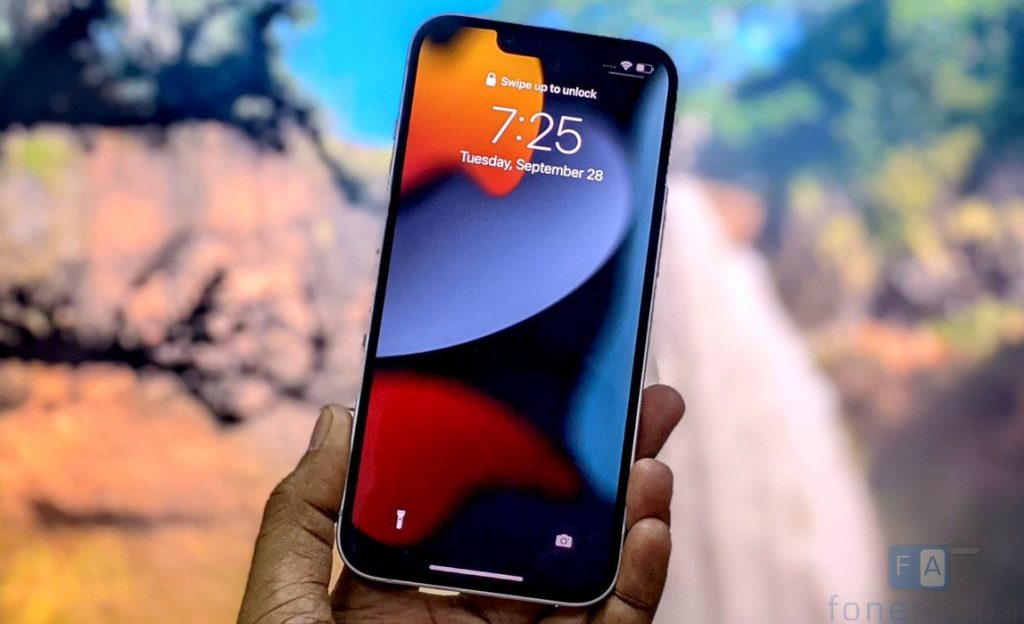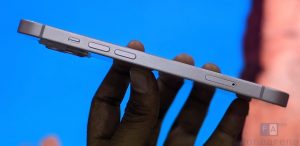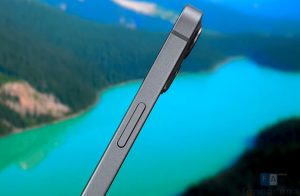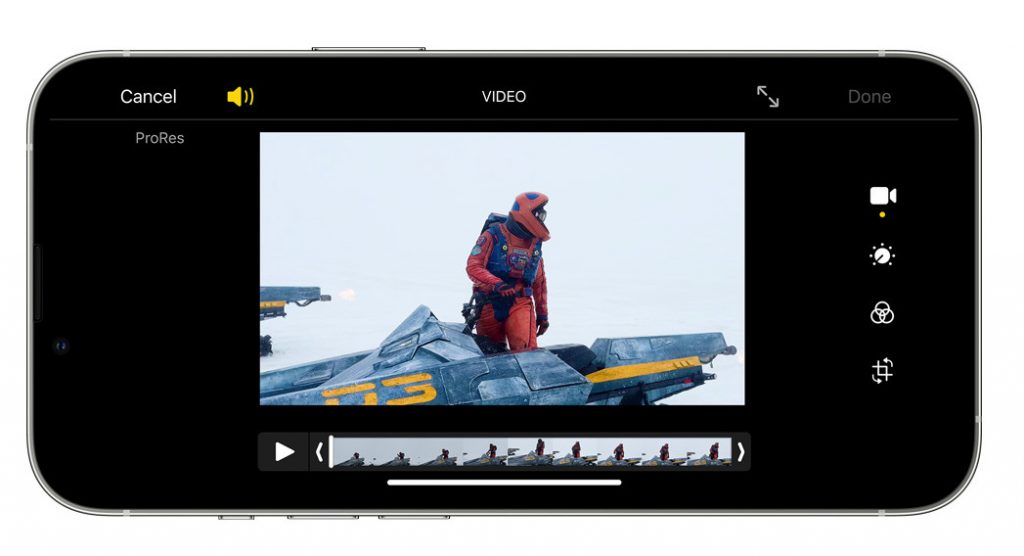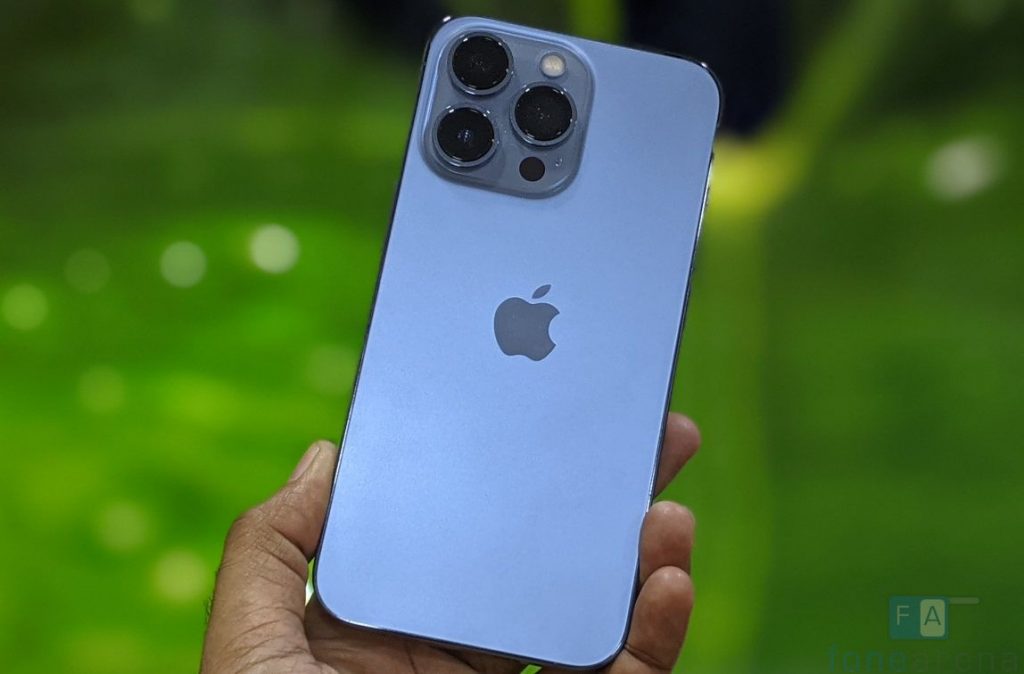
Back in August 2020, Samsung launched the Galaxy Note 20 Ultra 5G along with Note 20 in India at Rs. 1,04,999. The Note 20 Ultra has garnered positive reviews across the world from critics, and users alike.
In fact, the Note 20 Ultra has been the “Best overall phone of 2020” choice for many reviewers including our team at FoneArena. In a span of six to seven months, several smartphones has been launched from various companies with new technologies. The South Korean tech giant launched the S21 series recently in three variants- S21, S21+ and S21 Ultra.
So we wanted to see how the Rs. 1,00,000 smartphone from the Samsung’s portfolio holding up in today’s scenario. Let’s find it out.
STILL the best display

The Galaxy Note 20 Ultra features a huge 6.9-inch Quad HD+ Dynamic AMOLED Infinity-O Display with Corning Gorilla Glass Victus protection. At 6.9-inch, the Note 20 Ultra is the biggest Note to date. The resolution is 3088 × 1440 pixels, and pixel density is 496ppi.
The display offers a dynamic 120Hz refresh rate, meaning the Note 20 Ultra automatically adjusts the refresh rate based on the content on the screen. This comes in handy when you want to experience the high refresh rate and save battery whenever possible.
According to Samsung’s claims, the panel can be adjusted in more than three steps – 60Hz, 90Hz, and 120Hz. The used refresh rate is 10Hz rate for viewing still images or browsing social networking services, 30Hz rate for email correspondence, 60Hz rate for movie streaming, and 120Hz scan rate for playing mobile games that require speedy frame changes.
The company achieved this with the help of a new LTPO backplane technology for higher switching performance and lower consumption as well. However, in the case of the Samsung S20 Ultra, it is fixed at 120Hz, no matter the content on the screen.
Even though the technology looks interesting, there are certain limitations, as the dynamic refresh rate works only on the FHD+ resolution. The 1440p resolution locks the refresh rate at 60Hz. This has been resolved in the S21 Ultra though. The Galaxy Note 20 Ultra supports HDR10+ and offers up to 1500 nits brightness.
In this display, you get all you need – resolution, a lot of brightness, amazing color reproductions, deep blacks, and subtle pressure detection for the S-Pen. The display is bright and is easy to read under direct sunlight. If you are the one who emphasises a lot on display, the Note 20 Ultra will certainly make you happy.
Even after 6 to 7 months, using varieties of phones, we are still in love with the Note 20 Ultra display.
Best S-Pen experience so far in Note series

Compared to the Note 10 series, the S-Pen experience has significantly gotten better. Thanks to the improved 9ms latency vs Note 10’s 42ms, making the delay visually indistinguishable. It now offers more natural and fluid writing, giving a pen-to-paper feel.
It also has air gestures that let you perform a task while holding the button. In our case, the air gesture detection worked well, but the consistency remains a concern. On top of that, S-Pen offers five new customisable Anywhere actions, that expand on the capabilities offered by Air Actions.

The new remote controls let you customise new actions for Back, Home, Recent App, Smart Select, and Screen Write, and make navigating and presenting easier. The S-Pen has its tiny Lithium Titanate battery and uses Bluetooth for remote control functions, in case of photography and control videos. It is IP68 certified. Other basic features including Advanced screenshot capture, Smart select, Screen write, and others work well.
Improved overall performance

The Galaxy Note 20 Ultra is powered by Octa-Core Samsung Exynos 990 7nm EUV processor with ARM Mali-G77MP11 GPU. Right from the launch to this day, we didn’t find any major problems with the performance, except for the thermal issues.
Gradually, the thermal issues have been mitigated through updates and software optimisations. In fact, it is well under control now. We realised this while shooting the Samsung Galaxy S21 Ultra review with the Note 20 Ultra. During the initial days, the camera used to get hot (literally hot) if we shoot for a good 4 to 5 minutes. However, during our review, we shot more than 25 minutes straight, and the phone just felt warm even under hot conditions. When we tried to shoot the Note 20 Ultra review with the S21 Ultra, the device (S21 Ultra) got all heated up and closed the camera app.
We have been using the Note 20 Ultra for around 7 months now under various scenarios and conditions – light and heavy usage, hot and cold conditions. The phone holds up very well and works just as well as the Galaxy S21 Ultra or the other current flagships with Snapdragon 888. Of course, the Snapdragon 888 or Exynos 2100 is superior to the SD 865 or Exynos 990 and you would only feel it through stress test or graphics-intensive gaming.
Overall, the Galaxy Note 20 Ultra is a champion performer six months back and now.
One UI 3.1

The Samsung Galaxy Note 20 Ultra was shipped with OneUI 2.5 on top of Android 10. Around December last, year, we have updated the device to OneUI 3.0 on top of Android 11. In our opinion, the overall look and feel of the UI remain quite similar.
Some of the changes we noticed are the revamped look of the volume control slider, fast access to widgets, notification tweaks (smaller and simpler), and Samsung daily. Furthermore, the company also focused a lot on the notification shade in One UI 3.0. Overall, the OneUI is now refined and sleek.
Enhanced camera capabilities

The Samsung Galaxy Note 20 Ultra comes with a triple camera setup:
- 108MP rear camera with f/1.8 aperture, PDAF, OIS, Laser AF Sensor
- 12MP Periscope lens with f/3.0 aperture, PDAF, OIS, 5X optical zoom, Super-Resolution Zoom up to 50X,
- 12MP 120° Ultra Wide sensor with f/2.2 aperture
- 10MP front-facing camera with f/2.2 aperture
You can check out camera reviews and more samples here.
In a nutshell, the Galaxy Note 20 Ultra’s camera takes some amazing pictures even now and tops the videography department. However, if you are into macro, it’s better to go with the Galaxy S21 Ultra.
Battery life still rocks

The Samsung Galaxy Note 20 Ultra is powered by a 4500mAh battery with 45W fast charging, wireless (WPC and PMA) charging.
The battery life in the Note 20 Ultra is still impressive. With the Adaptive refresh rate, we got around a day and a half with frequent use of YouTube Streaming, S-Pen, and other AR apps. Changing it to 60Hz can prolong the usage.
Also, we have background usage limits option that put unused apps to sleep and power saving mode. Charging is pretty quick, thanks to the 25W charger. The device get fully charged up in less than one and half hours.
Is it still worth buying?
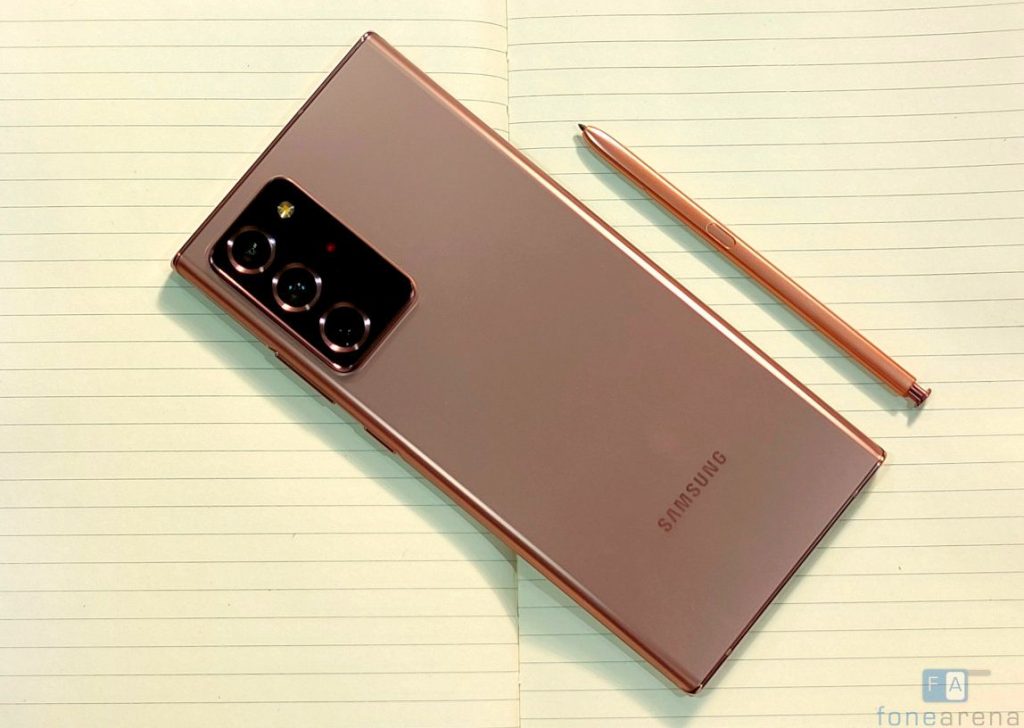
Is the Galaxy Note 20 Ultra still a worthy buy? Well, if you are looking out for smartphone with stylus, we can assure you that no other phones in the market can match Samsung when it comes to stylus functionality. Leaving out the “productivity” factor, recommending the Galaxy Note 20 Ultra gets a bit tricky now.
At Rs. 1,04,999, the Galaxy Note 20 Ultra is now a generation behind compared to the recently launched Galaxy S21 Ultra, which is a thousand bucks higher at Rs. 1,05,999.
For a thousand bucks extra, you get improved camera tech, latest Exynos processor, equivalent to Snapdragon 888, faster fingerprint scanner, and extra 500mAh battery. It’s worth noting that the S21 Ultra also has S-Pen support but with some limitations.
On the other side, the Galaxy Note 10+ retails at half the price at Rs. 54,999 during Flipkart sales and offers a similar overall experience, if you don’t consider refresh rate or the S-Pen latency issue.
Well, it doesn’t mean the Galaxy Note 20 Ultra is not worth recommending, but considering the price to feature factor, the latest Note stands in an awkward situation
























